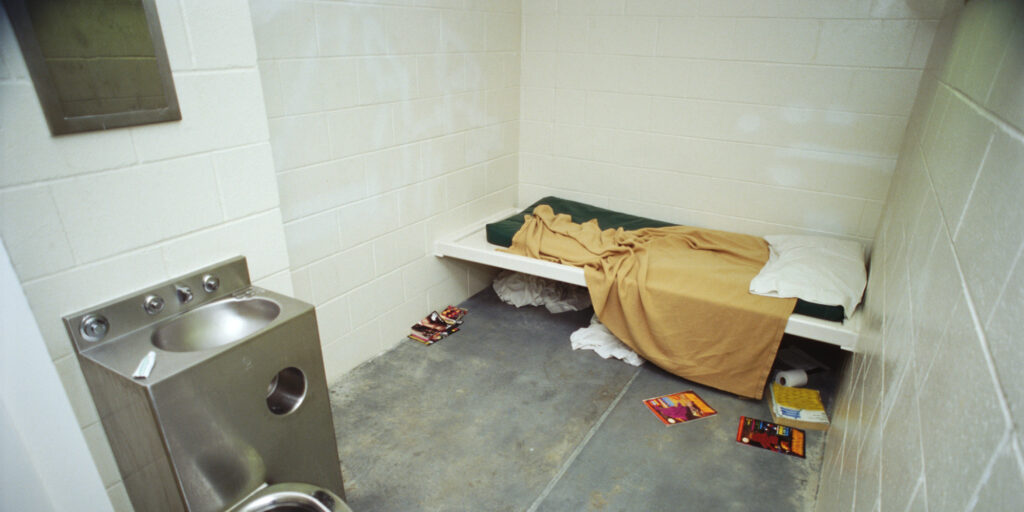
Solitary Confinement (SC) brings principles of mindfulness and meditation to inmates in isolation. Solitary confinement, often called “Administrative Segregation” (Ad-Seg), has proven to have a terrible impact on even stable inmates, driving many individuals to psychosis and suicide. We provide a book, Discovering Sanity: Mindfulness Practice in Solitary Confinement, a source book, and a study course to train inmates in how to deal mentally and emotionally with this difficult psychological experience.
A number of states have begun to address issues around the use of solitary confinement: people with diagnosed mental health issues and youth under 18 are being rehoused; conditions are being somewhat humanized; enrichment of different kinds is being offered; and transition programs are being considered so that inmates are not released directly from extensive solitary to the street. In Colorado the spotlight was turned on this when an inmate directly released to the streets from solitary killed the Director of the Department of Corrections. Nationwide, the average time in solitary for even minor infractions is 18 months.
Far from being a last-resort measure reserved for the “worst of the worst,” solitary confinement has become a control strategy of first resort in many prisons and jails. Today, incarcerated men and women can be placed in complete isolation for months or years not only for violent acts but for possessing contraband, testing positive for drug use, ignoring orders, or using profanity. Thousands of prisoners (80,000 estimated) are held in indefinite solitary confinement, some because they have been named as gang members by other prisoners who are rewarded for the information. Others have ended up in solitary because they have untreated mental illnesses, they’re children in need of “protection,” they’re gay or transgender, they’re Muslim, for their political beliefs or activism, or who report rape or abuse by prison officials.
Discovering Sanity, our secular mindfulness book for inmates in solitary, guides them in how to develop a meditation discipline and methods for working with the intensity of their situation. It gives them a way to cultivate wholesomeness and sanity in an 8×10 foot room, rather than leaving them at the mercy of an uncontrolled, delusional mind. The seven sections of the Discovering Sanity Study Course are a way to study the book in depth with the guidance of an experienced instructor and develop a sitting meditation practice from scratch. The course further provides a source book of information on mindfulness, how it might relate to health or an issue like addiction, what some scientific studies have to say about it, some accounts from other inmates practicing meditation in solitary, and various other helpful kinds of information and tools, like a yoga routine.
While solitary confinement can have a horrific effect on a person’s mind, through meditation it’s possible to use it to learn about that mind, what constitutes its confusion and how its inherent sanity can be found. Our book and course can give inmates a way to find peace in themselves in this hard, demanding circumstance.